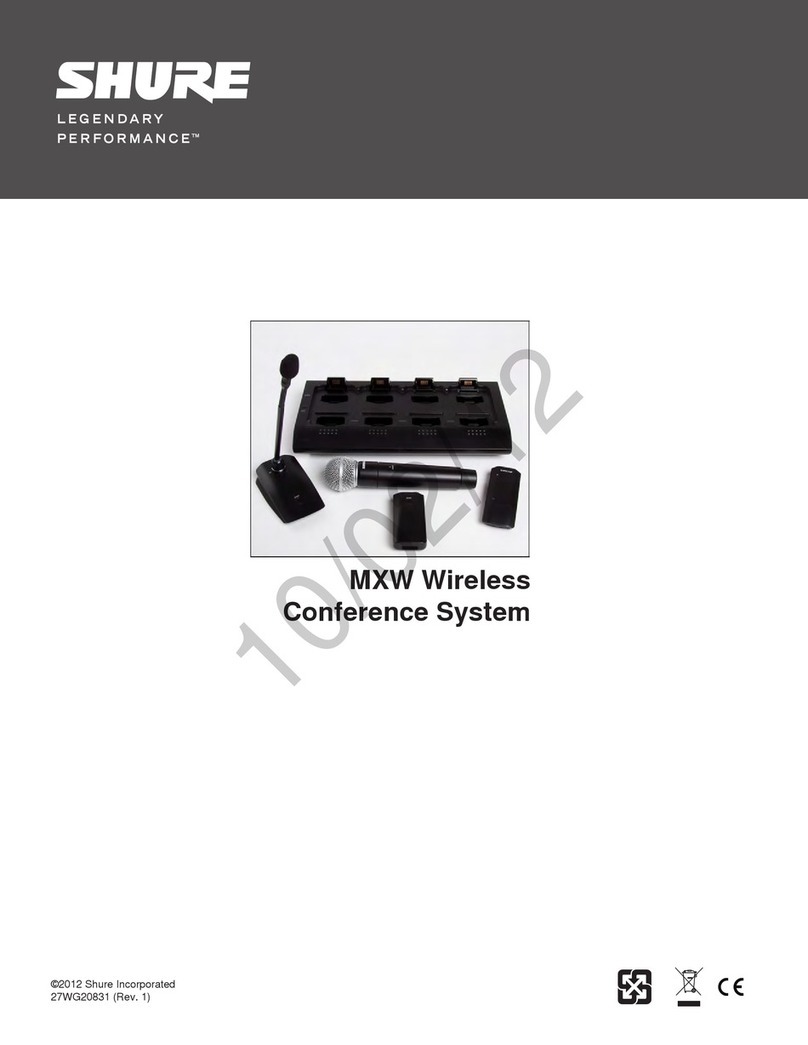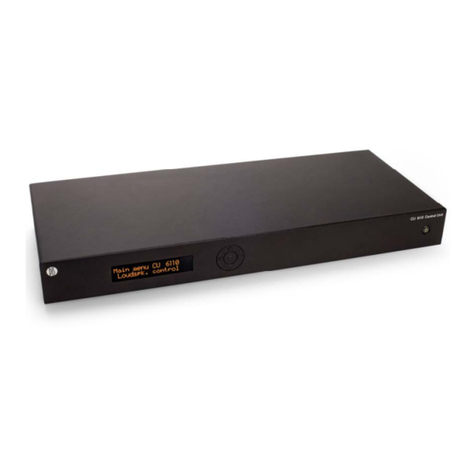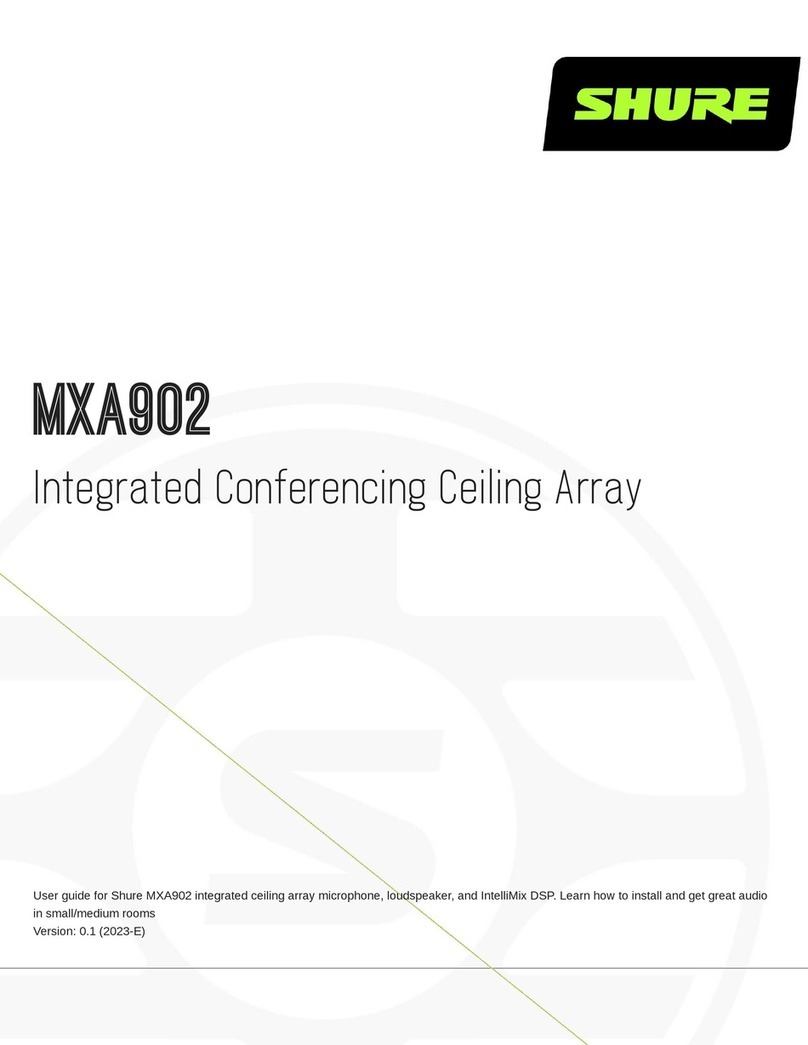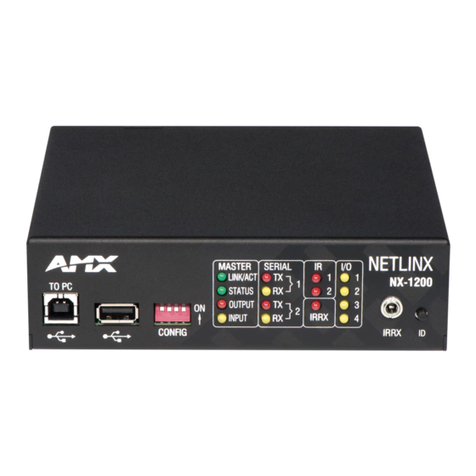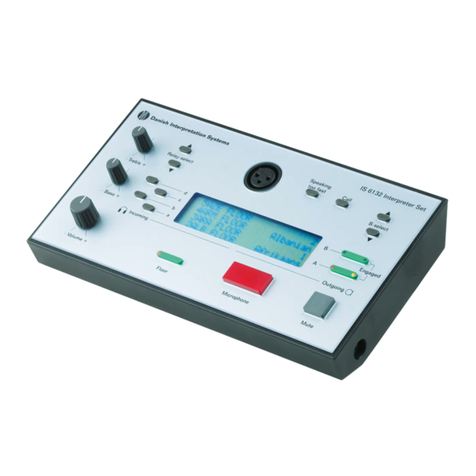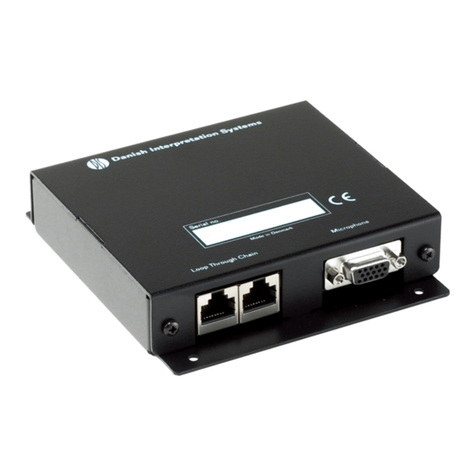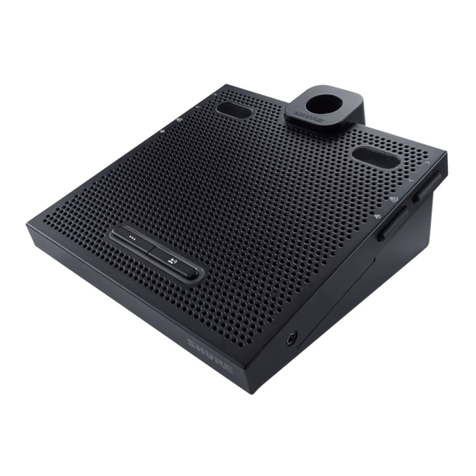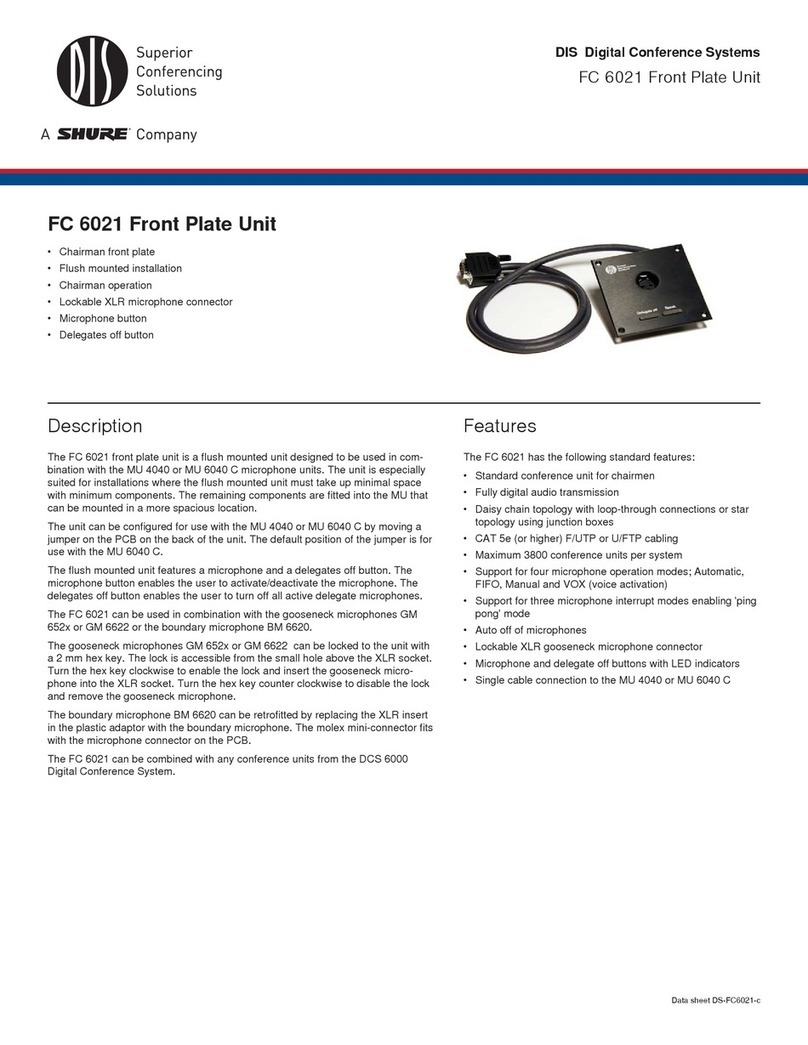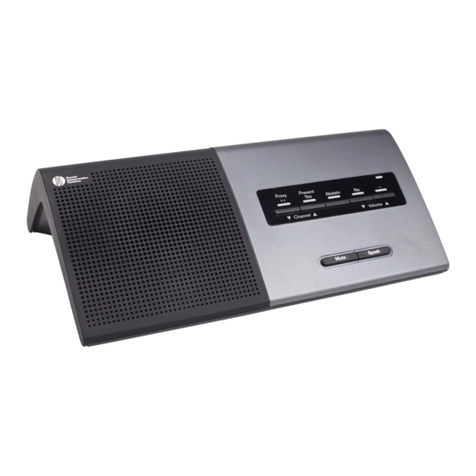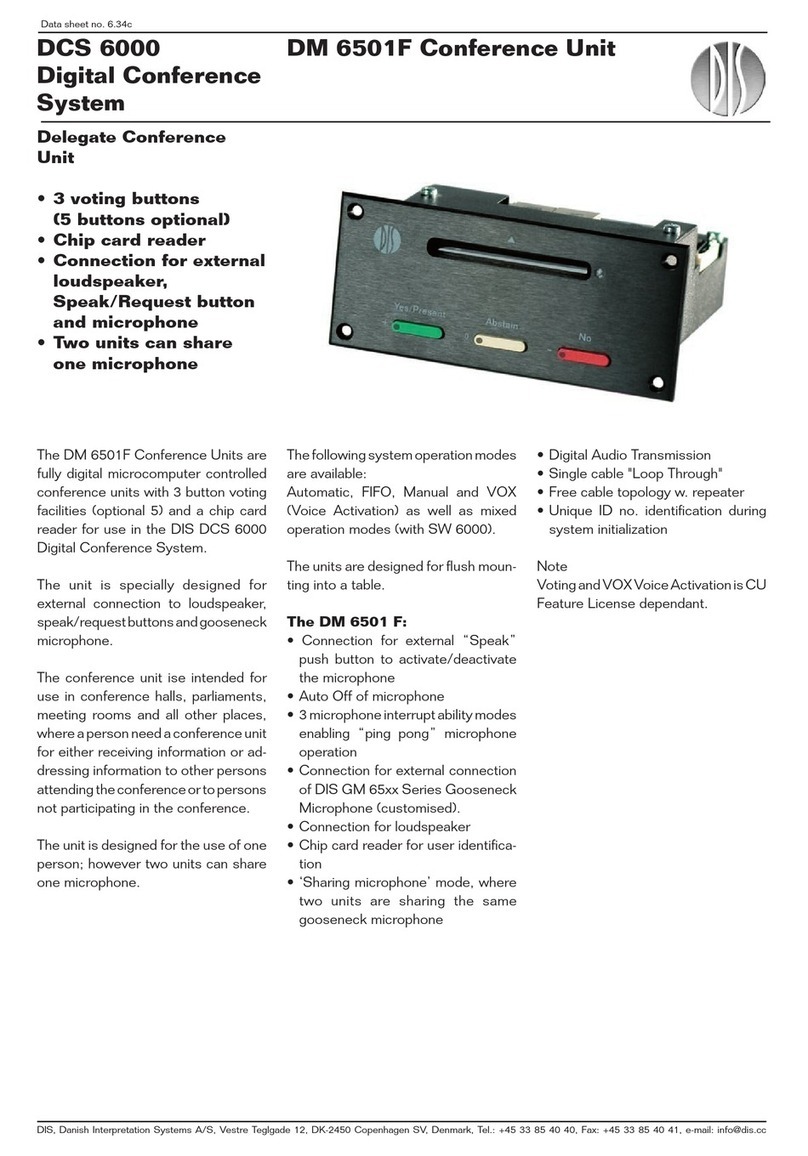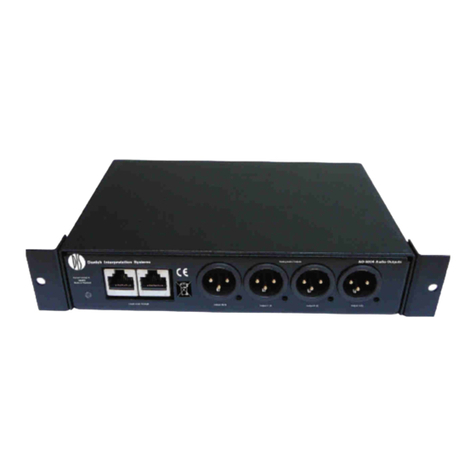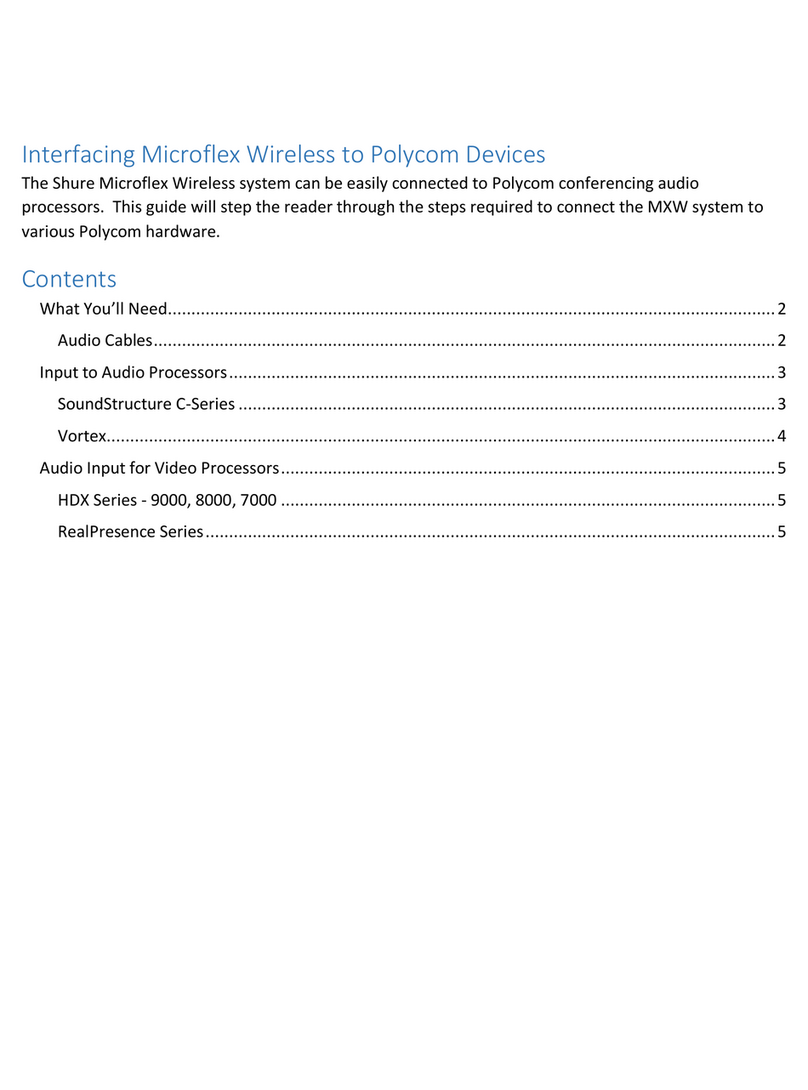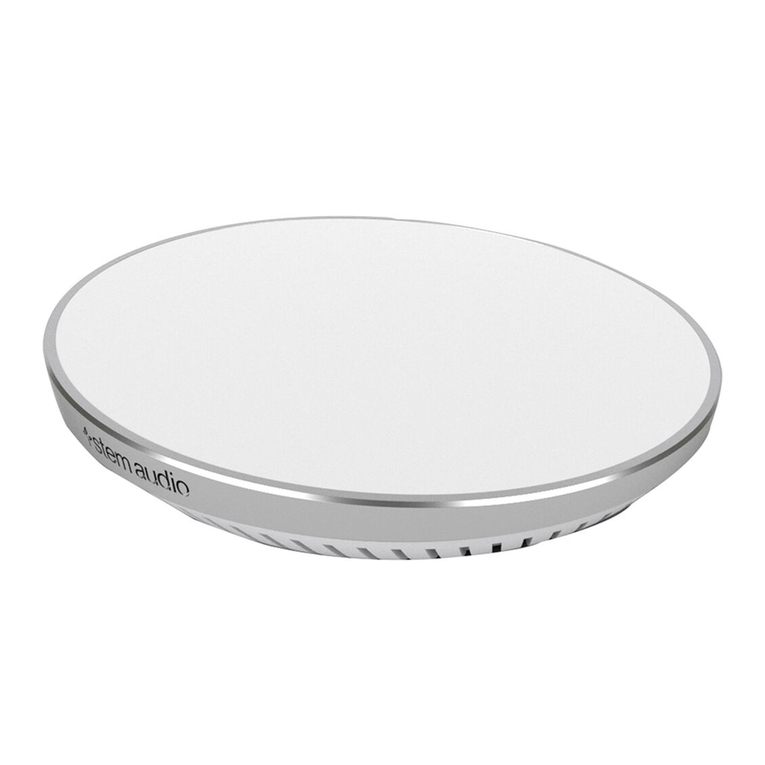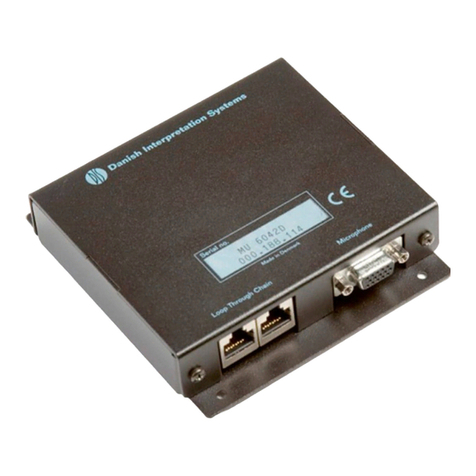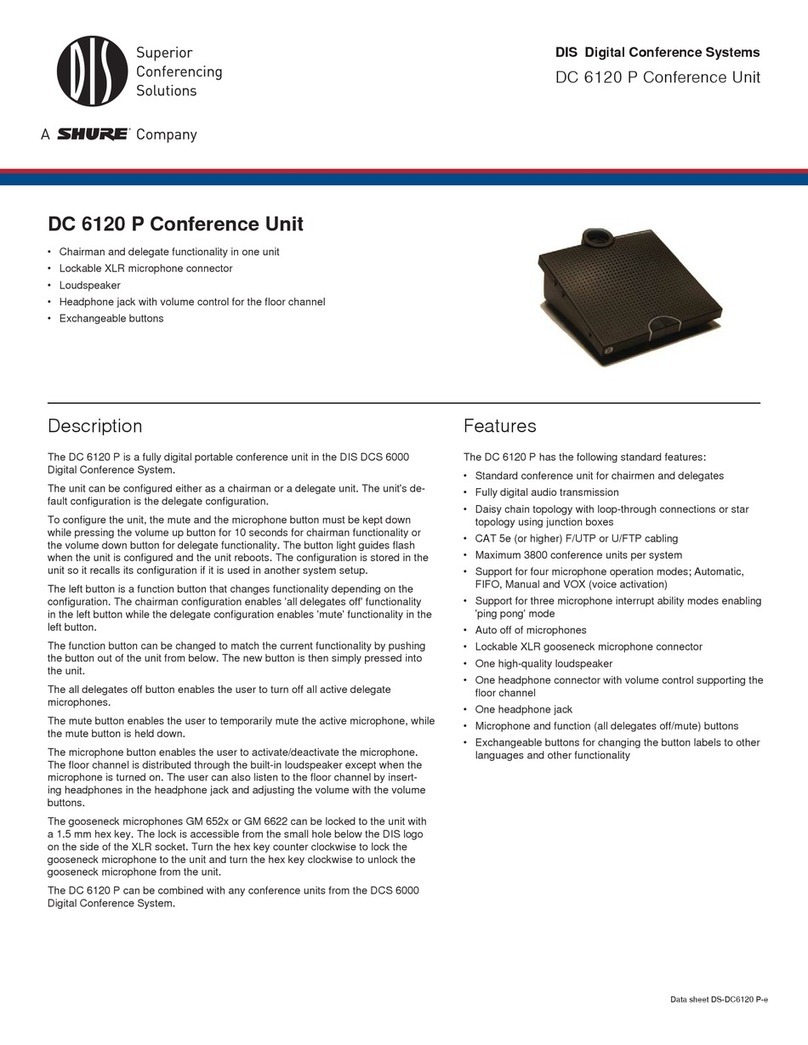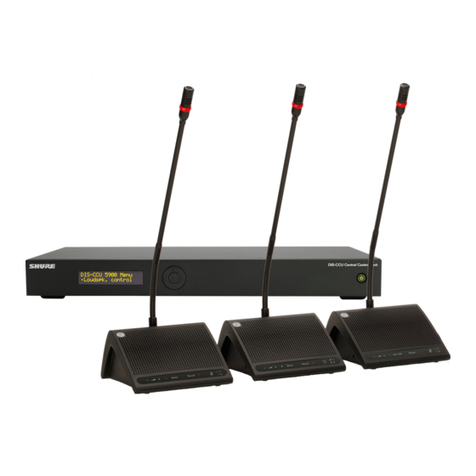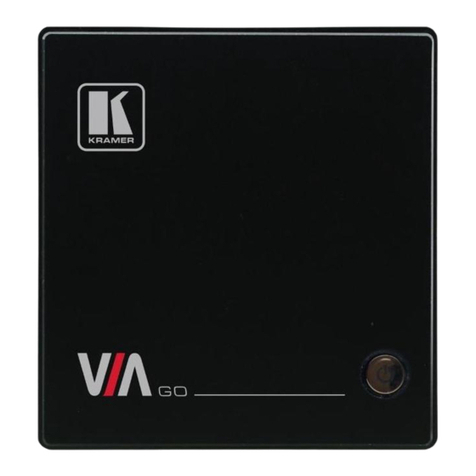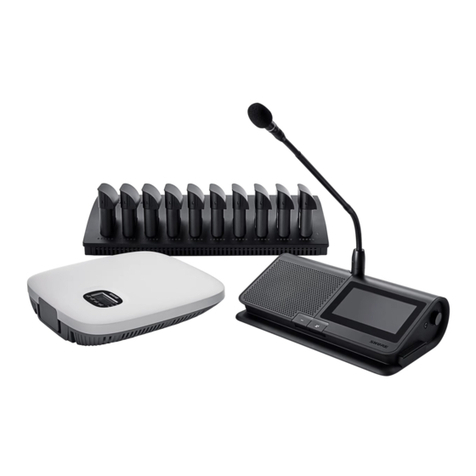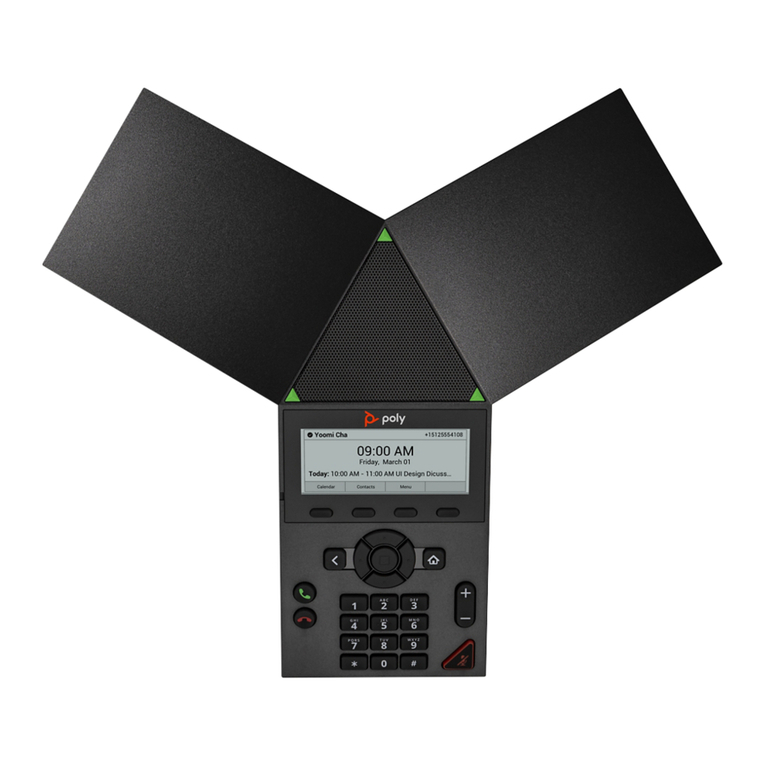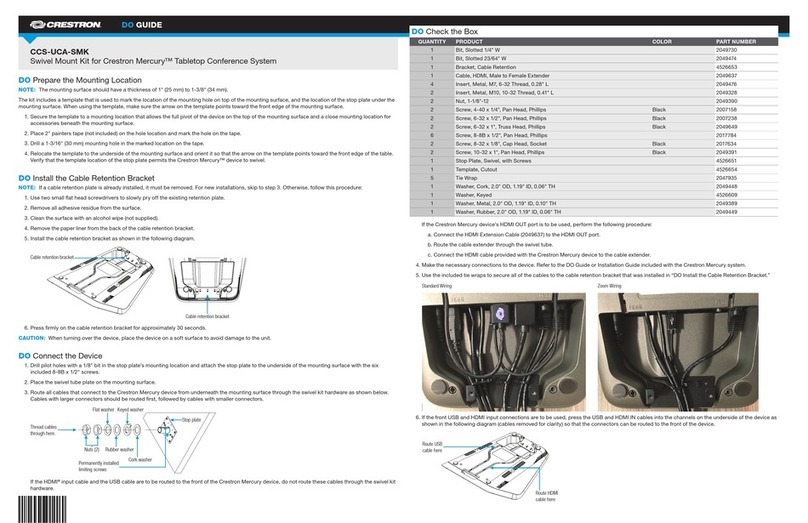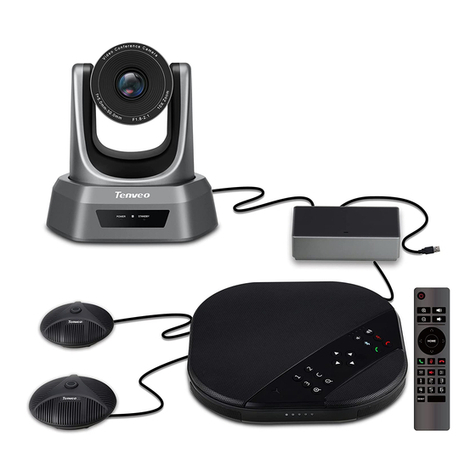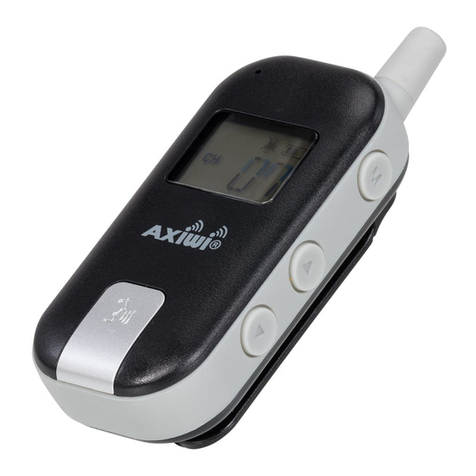DCS 6000 Digital IR System User Manual
@2015 Shure Incorporated User Manual DCS 6000 Digital IR System rev L.docx
Table of Contents
Table of Contents .................................... 2
Important ................................................ 4
Important Safeguards .......................... 4
Installation precautions ....................... 4
Cleaning ............................................... 4
Repacking ............................................. 4
Warranty .............................................. 4
System description and planning ............. 5
System overvie .................................. 5
Infra-red transmitter .............................. 5
Infra-red radiators ................................. 5
Infra-red receivers ................................. 5
System technology ............................... 5
IR radiation ........................................... 5
Signal Processing ................................... 6
Quality modes ....................................... 6
Carriers and channels ............................. 7
Aspects of IR distribution systems ....... 7
Receiver directional sensitivity ................. 7
Foot rint of the radiator ......................... 7
Ambient lighting .................................... 8
Objects, surfaces and reflections ............. 9
Positioning the radiators ......................... 9
Overla ing foot rints and multi ath effects
......................................................... 10
Planning an DCS 6000 Digital infra-red
radiation system ................................. 11
Rectangular foot rints .......................... 11
Planning radiators ................................ 12
Cabling ............................................... 12
Setting radiator delay s itches .......... 12
System with one transmitter ................. 13
System with two or more transmitters in
one room ............................................ 15
System with more than 4 carriers and a
radiator under a balcony ....................... 16
Testing the coverage area .................. 16
Testing during installation ..................... 16
Testing during a meeting ......................16
Testing all ositions ..............................16
Bad coverage ......................................16
Black s ots..........................................16
Interference from IR systems ................17
DT 6008 & DT 6032 Transmitters........... 18
Description ......................................... 18
Installation ......................................... 19
Connections ........................................ 19
Connecting the DCS 6000 Conference
System ...............................................19
Connecting other audio sources .............19
Connecting an emergency signal ............19
Connecting another transmitter .............20
Using the configuration menu ............. 21
Overview ............................................21
Navigate through the menu ...................21
Exam les ............................................23
Configuration and operation ............... 26
Start-u ..............................................26
Main menu ..........................................26
View transmitter status .........................27
View fault status ..................................27
Set monitoring o tions .........................28
View version information .......................28
Set transmission mode .........................29
Set number of channels ........................29
Set channel quality and assign in uts to
channels .............................................30
Set channel names ...............................31
Disable or enable carriers ......................31
View carrier assignments ......................31
Configure auxiliary in uts......................32
Set sensitivity of the in uts ...................32
Enable / disable IR-monitoring ...............33
Enable/disable head hone out ut...........33
Choose transmitter name ......................33
